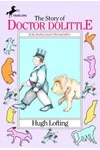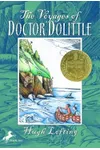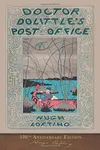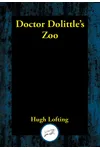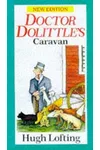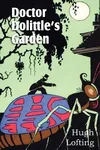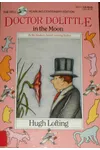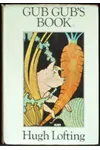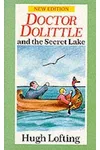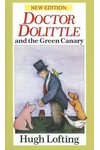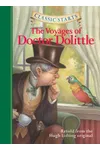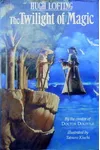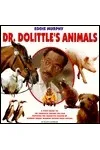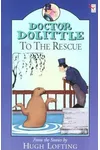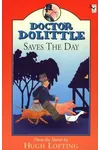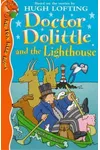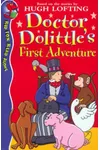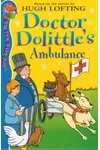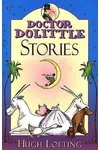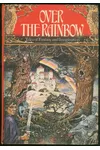Picture a British storyteller who brought talking animals to life in a whimsical world—meet Hugh Lofting! Born in 1886, Lofting crafted the beloved Dr. Dolittle series, a cornerstone of children’s literature that still enchants readers with its empathy and adventure. His imaginative tales, sparked by letters to his children during World War I, revolutionized storytelling for young audiences.
From his early days as a civil engineer to his Newbery Medal-winning books, Lofting’s journey is as captivating as his stories. Let’s dive into the life and legacy of this literary trailblazer whose love for animals and storytelling continues to inspire.
The Making of Hugh Lofting
Hugh John Lofting was born on January 14, 1886, in Maidenhead, England, to an English father and Irish mother. Growing up with a love for animals and storytelling, he studied civil engineering at MIT and London, working on projects across the globe. But World War I changed everything. While serving in the trenches, Lofting wrote letters to his children, weaving tales of a kindly doctor who could talk to animals—stories that became the seeds of Dr. Dolittle.
After the war, Lofting settled in the United States, turning his wartime letters into a career. His engineering precision met his creative flair, crafting stories that balanced humor, heart, and adventure, making him a standout in children’s literature.
Hugh Lofting’s Unforgettable Stories
Lofting’s Dr. Dolittle series, starting with The Story of Doctor Dolittle in 1920, introduced readers to a quirky doctor who spoke with animals, from parrots to pigs. This debut novel, brimming with charm, follows Dolittle’s adventures with his animal friends, like Polynesia the parrot and Jip the dog, as they travel the world. Its success led to sequels, including The Voyages of Doctor Dolittle (1922), which won the prestigious Newbery Medal in 1923.
Other notable works include Doctor Dolittle’s Circus (1924), where Dolittle joins a circus to help animals, and Doctor Dolittle’s Zoo (1925), a tale of a sanctuary for creatures. Lofting’s style—playful, empathetic, and rich with dialogue—brought animals to life as vivid characters. His themes of kindness, environmental respect, and cross-species friendship resonated deeply, setting a new standard for children’s storytelling.
Though primarily known for Dr. Dolittle, Lofting also wrote The Twilight of Magic (1930), a lesser-known fantasy novel blending myth and adventure. His ability to weave moral lessons into lighthearted narratives made his work timeless, appealing to both children and adults.
Why Hugh Lofting Matters
Hugh Lofting’s impact on children’s literature is profound. His Dr. Dolittle series pioneered animal-centric stories, influencing countless authors and inspiring adaptations, from stage plays to films. His focus on empathy and communication across species struck a chord, promoting values of compassion and environmental stewardship that remain relevant today.
Lofting’s legacy endures through his books’ continued popularity and cultural adaptations, like the 2020 film Dolittle. His Newbery win cemented his place in literary history, and his stories continue to spark imagination in young readers, proving that a good tale—and a kind heart—never goes out of style.
About Hugh Lofting
- Born: January 14, 1886, in Maidenhead, England
- Key Works: The Story of Doctor Dolittle, The Voyages of Doctor Dolittle, Doctor Dolittle’s Circus
- Award: Newbery Medal (1923) for The Voyages of Doctor Dolittle
- Died: September 26, 1947, in Topanga, California
Snag The Story of Doctor Dolittle and dive into Lofting’s whimsical world of adventure and animal chatter!
